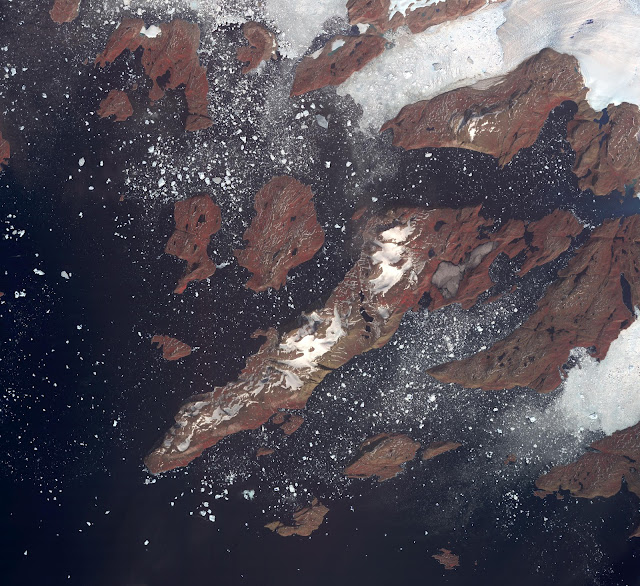Mexico's active Popocatepetl volcano, located about 40 miles southeast of Mexico City, has been spewing water vapor, gas, ashes and glowing rocks since its most recent eruption period began in April 2012. Civil defense authorities have set up evacuation shelters should they become necessary. In 2000, eruptions of the nearly 18,000-foot-high (5,400 meter) volcano led to the evacuation of tens of thousands of residents. More than 30 million people live within sight of the mountain.
The Advanced Spaceborne Thermal Emission and Reflection Radiometer (ASTER) instrument on NASA's Terra spacecraft acquired these two images on April 23, 2012. The left image is in simulated natural color; the right image combines three thermal infrared channels, displaying the eruption plume in purple and pink, blowing toward the northeast. A small hotspot can be seen in the summit crater. The image covers an area of 19.2 by 27.6 miles (30 by 44.5 kilometers) and is located at 19 degrees north latitude, 98.6 degrees west longitude.
Photo credit: NASA/GSFC/METI/ERSDAC/JAROS, and U.S./Japan ASTER Science Team














